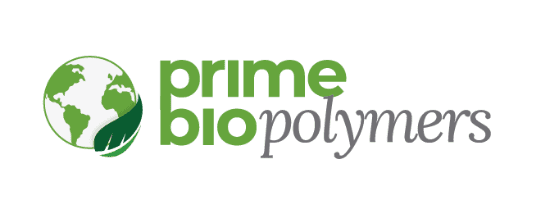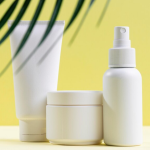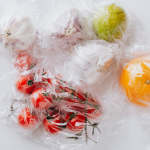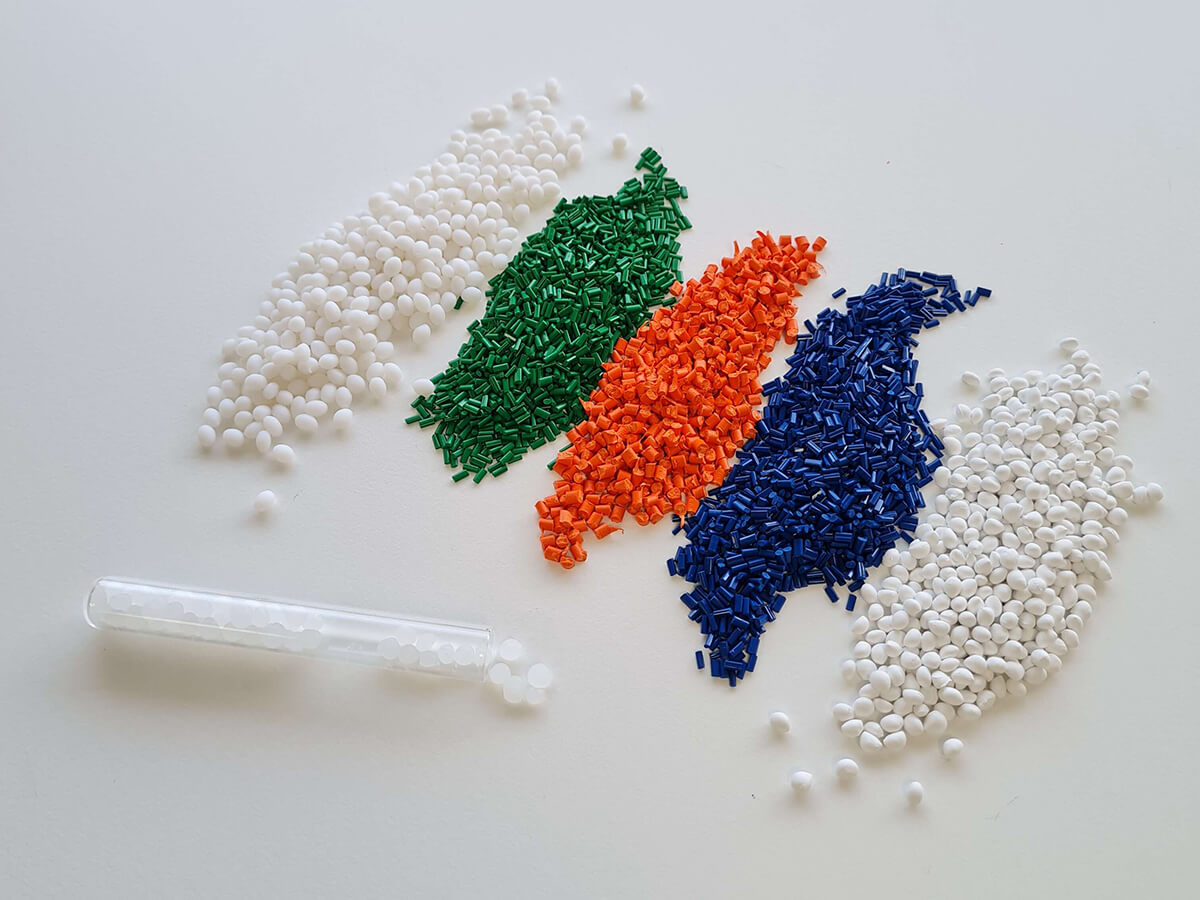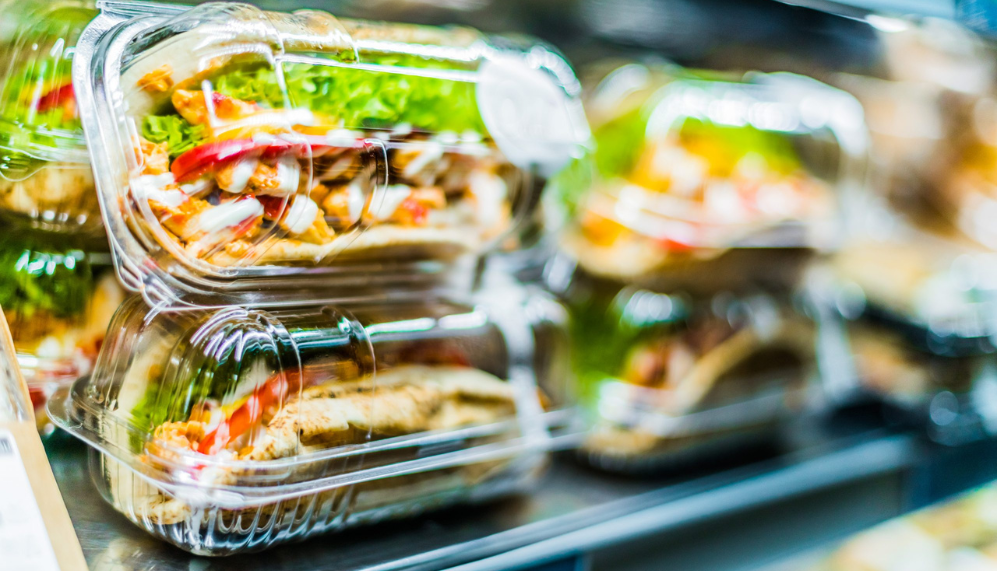
Plastics thermoforming: process, materials and advantages
Did you know that a large part of the plastic parts that we find in our day to day have been manufactured through the thermoforming process? It is one of the most common manufacturing methods in the plastics sector.
If you want to know in depth what this process is about, which materials are used the most and what are its advantages, don’t stop reading!
What is plastic thermoforming?
Thermoforming is a plastic manufacturing process which consists of heating a sheet of semi-finished thermoplastic in order to make it more flexible and by applying pressure we can adapt it to the shape of a mold. Once molded, the sheet it cooled and cut or trimmed to divide into individual containers.
The different methods of thermoforming
There are two different thermoforming methods: single-stage thermoforming and multi-stage thermoforming.
A single stage
This method of thermoforming is used to manufacture parts that need a high degree of stretching or when using a sheet with large thicknesses. There are different types of thermoforming at a single stage. The most commonly used are:
Formed by adaptation
The sheet is heated with radiators until it reaches the softening temperature of the material. Then it is lowered on the male mold or the mold is raised so that the sheet adapts to the shape of it. To complete the adaptation of the sheet, the vacuum is made. Greater thicknesses are achieved at the bottom and minimum thicknesses at the edges.
Vacuum molding
Just like the previous process, the sheet is heated and when it is softened it is given the shape of the desired mold by vacuum. Unlike the conformation by adaptation, greater thicknesses are achieved at the edges and a minimum thickness at the bottom.
Pressure-formed
It is similar to vacuum molding. However, to help give the sheet the shape of the mold, compressed air is also applied, so a top closed chamber is needed. This process is used to form sheets with small thicknesses.
Multiple stages
Multi-stage thermoforming is used when it is necessary to control the thickness of complex parts that have a lot of depth or that contain edges with reduced radii, especially when the sheet to be thermoformed has a great thickness. To achieve well thermoforming on this type of parts, the process is carried out in several stages. Within this method there are different variants:
Bubble stretching
Compressed air is applied between a chamber and the sheet to form a bubble. Once the bubble is formed, the male mold descends on it and the vacuum is formed to achieve the thermoforming of the piece.
Supported vacuum
The bubble is formed by vacuuming between the lower chamber and the sheet. Then, the male mold goes down, thermoforming the sheet and making a vacuum between it and the sheet.
Vacuum with bubble
Pressurized air is applied between the female mold and the sheet thus forming the bubble. Once formed, vacuum is applied between the bubble and the mold.
Thermoforming process
Stages of thermoforming
The stages of thermoforming are mainly four:
- Heating the sheet: the first phase in the thermoforming process is to put the sheet at an optimal temperature to be moldable. To do this, once it is unwinded it goes through a heating station where heat is applied to get the sheet to reach the softening temperature.
- Thermoforming: when the sheet has reached its working temperature needed once soft, it passes to the thermoforming station. Here, using the different methods described above, the sheet is given the desired shape with the help of the mold.
- Cooling: once the part is thermoformed, it begins to cool in the mold. This cooling can be done with fans, to speed up the process, or without them. It is necessary to lower the temperature enough to unmold the piece without deforming it.
- Cutting or die-cutting: the last station is the cutting or die-cutting of the piece. As thermoforming is a continuous process, the finished pieces are joined together. Therefore, it is necessary to go through a cutting process which divides the pieces into individual containers.
Three plastics used in thermoforming
Polypropylene (PP)
When we talk about thermoforming, polypropylene (PP) is the most used plastic materials in terms of volume. It is usually used for manufacturing packaging, toys or other similar objetcs.
It’s used for its intrinsic properties, as it has excellent resistance to stress, heat and chemicals.
Polyethylene terephthalate (PET)
PET is another of the great allies of the thermoforming process. This thermoplastic offers a barrier and good resistance to chemicals. In addition, it has a high resistance to impacts and tensile breakage.
Polystyrene (PS)
Polystyrene offers a variety of advantages to plastic manufacturers, including transparency. One of its most common applications is thermoforming for packaging.
- You may be interested in: PLA plastic: what it is and what this material is used for
Applications and types of thermoforming packaging
Like any other manufacturing method, thermoforming has a series of specific applications where it provides greater viability and efficiency. Subsequently, we review the main applications in which thermoforming is present:
Packaging
On the shelves of our stores, we find a wide variety of packaging manufactured using thermoforming. Examples of this can be all kinds of blisters or trays of different types of packaging.
Food sector
In the food sector we can find a large presence of plastic molded by thermoforming. This is because these are materials that help keep food safe. An example of application could be trays or containers for prepared food.
Prototype manufacturing
The thermoforming process is often used for prototyping, as faithful copies of the model can be made with a low investment.
Automotive industry
When we talk about the automotive industry, we tend to think about the process of injection plastics. However, certain parts are also manufactured with the thermoforming process. They are usually non-structural external parts, but they are also member of the wide range of applications of this manufacturing method.
Marketing and advertising
There are many examples of products manufactured by thermoforming in the marketing industry. An example can be banners or signs.
- If you want to know more about the injection process, we advise you this post that talks about the plastic injection molding process
Advantages of thermoforming plastics
Thermoforming plastics offers numerous advantages. Below are some of them so that you know a little more about this manufacturing process:
- If we compare it with the injection process, thermoforming requires a lower cost per machinery and technology.
- We achieve thinner and lighter parts than those of injection process.
- The process is faster comparing it to injection. This way, more pieces are obtained in less time.
- The thermoforming process can be performed with different types of materials.
- Thermoforming molds are less expensive than injection molds.
Benefits of working thermoforming with ZIMIA bioplastics
Prime Biopolymers has developed ZIMIA bioplastic grades specifically for the thermoforming process. The main benefits of working with these materials are as follows:
- 100% compostable materials: under conditions of industrial composting, ZIMIA material biodegrades becoming compost, CO2 and water
- Bio-origin: they come from renewable sources such as beetroot or sugar cane
- Properties and performance are comparable to PE and PS
- The level of transparency is optimal
- ZIMIA is self-thermosealling

